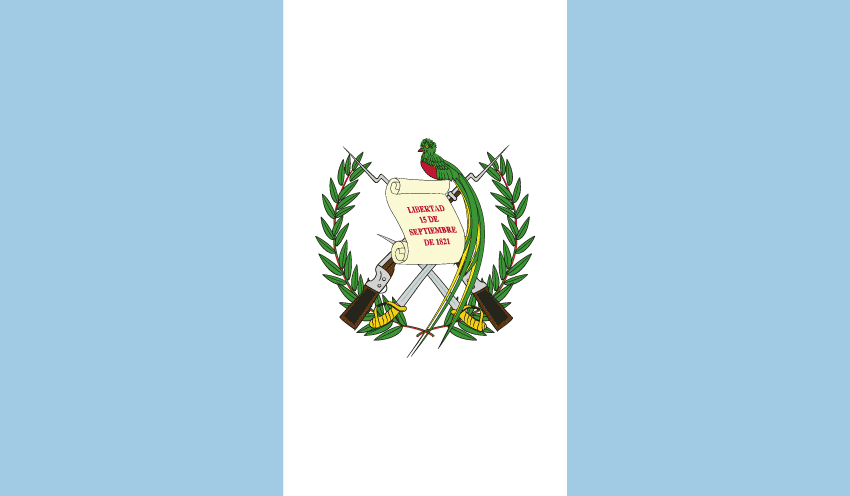Food Swamps Surrounding Schools in Three Areas of Guatemala
Equity Focus
This study created a map to illustrate the prevalence of food swamps (large numbers of corner stores and fast-food outlets ) and disparities in exposure to unhealthy food environments by socioeconomic status (SES) and urbanicity as a tool to influence Guatemalan public health policy.
Case Summary
The project identified 280 corner stores in the 2 neighborhoods in Guatemala City and 204 in Chisec. Corner store density was higher in the middle-SES urban neighborhood and in rural Chisec; fast-food restaurant density was higher in the high-SES urban neighborhood. By using a cutoff of 3.89, all surveyed neighborhoods were classified as food swamps. We found the highest score in the middle-SES urban neighborhood and in rural Chisec.
Lessons Learned
- This is the first evidence of a food swamp in a low- and middle-income country, Guatemala. Our findings should be interpreted in light of some limitations. Because of time and financial constraints, the number of surveyed areas was limited. However, we were able to obtain comprehensive GIS data for corner stores, which often are not registered in the formal economy and likely contribute substantially to the intake of unhealthy foods and beverages.
Search results for Area: Guatemala: 2
Guatemalan school food environment: impact on schoolchildren's risk of both undernutrition and overweight/obesity

GUATEMALA
